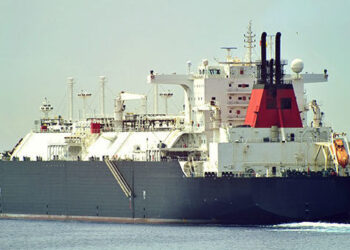POSEIDON MED: ‘Med Sea into the Gas Era’
Panayiotis Mitrou, Marine Research, Development & Innovation Manager, Lloyd’s Register presentation during the 2015 GREEN4SEA Forum. Talking about sustainability, Poseidon Med is the project which aims to revive the shipping sector through the planning and executing of a smooth transition for East Mediterranean shipping to a new era, the Gas era. This presentation aims at presenting the opportunity arising from the adoption of LNG as a marine fuel and how this can, in the context of challenges ahead and the respective European Union policies, foster maritime competitiveness, support the shipbuilding and marine manufacturing industry and safeguard shipping against the forthcoming regulatory changes. Talking about sustainability, Poseidon Med is the project, which aims to revive the shipping sector in the eastern Mediterranean area and lead it to a new era, what we call the gas era through a smooth transition. It is about planning and having the whole solution in order to move forward. Thus, we will see how and why this new era may constitute a great opportunity for our area in particular. There’s a turmoil ahead we have in our area and we are not talking about ECAs, the EU and the global Sulphur cap, which will come in 2020 ...
Read moreDetails


























































